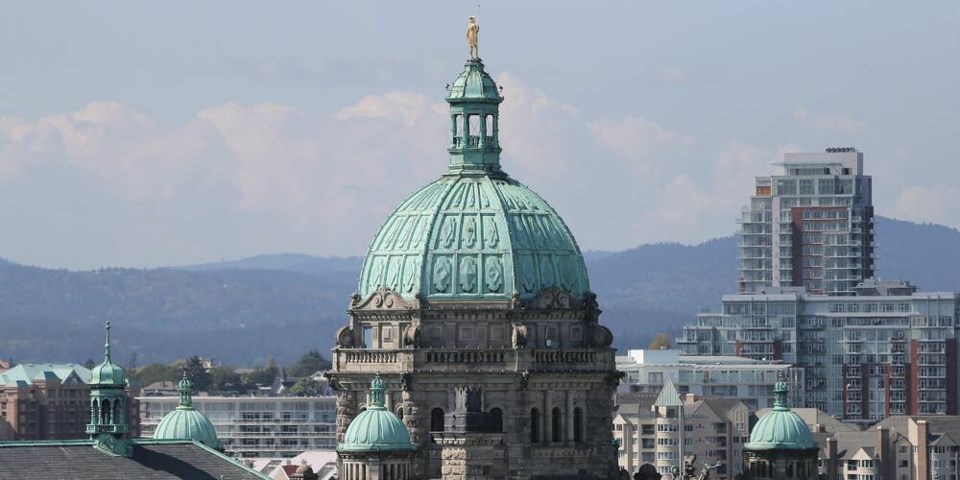The province’s recent budget update is both better and worse news than it seems. Better, because the deficit for the year, originally pegged at $5.5 billion, has disappeared, replaced instead with a $706-million surplus.
Worse, because this near-magical turnaround has nothing to do with strong fiscal management or far-sighted policy. Nor does it last.
When Finance Minister Selina Robinson brought down her 2022 budget in February, the COVID pandemic still dominated everyone’s thinking. Moreover, the previous year’s revenue figures were not yet in.
As her update now shows, the worst of the outbreak had already passed. As a result, two years’ worth of delayed revenues have momentarily swamped the books.
Last year’s deficit, originally forecast at a staggering $9.7 billion, has now turned into a $1.3-billion surplus, an unheard-of $11-billion turnaround.
And this year’s revenues are a stunning $10 billion more than Robinson forecast just six months ago, due to higher income tax receipts and oil and gas royalties. That led to the small surplus she now predicts.
However, there the good news ends. Next year and the year after deficits return, pegged at $3.8 billion and $2 billion respectively.
Those are still historically huge shortfalls.
Taking advantage of her $10-billion revenue windfall, Robinson has announced a spending spree. But whereas the revenue surge is one-time, the spending increase is permanent. Hence the return to deficits next year and beyond.
As troubling, the new spending isn’t well documented. Robinson has set aside $2 billion for what she calls a “Shared Recovery Mandate.” By this, apparently, she means the cost of negotiating new collective agreements across the public sector.
Yet her original budget already contained funds for this purpose.
A further $1 billion is tagged for “affordability measures,” whatever these might be.
The minister herself doesn’t quite know. As she says, the cash is to be spent on “a number of measures [that are still] being considered, but … not yet finalized.” And this $1 billion is on top of nearly $5 billion already booked for unspecified recovery measures.
Robinson might note the considerable uncertainty finance ministers faced and are facing as a result of the COVID outbreak. Fair enough.
But we’ve been through economic turmoil before and have learned a few lessons.
Among them are, first, with interest rates and inflation climbing, now is not the time to take on more debt. Yet the ongoing deficits the minister projects next year and the year after will raise taxpayer-supported debt levels from 88 per cent of revenues to 114 per cent.
Had she banked the revenue windfall, instead of spending chunks of it, deficit financing could likely have been avoided next year and beyond.
Second, in times of uncertainty, focus relentlessly on the most important issues. The shortage of family physicians, long wait times to see specialists and the opioid crisis make health care the No. 1 priority.
Even so, the Health Ministry’s budget remains unchanged this year. That makes no sense.
The overall impression created by this update is that the budget is not under control.
The movement of vast sums on and off the books due to wildly inaccurate forecasting are such that the minister could announce a whopping surplus at year’s end, and no-one could prove her wrong. Likewise she could unveil a massive deficit, and no-one could prove that wrong.
Our system of government relies on the legislature being given a reliable and fully detailed account of every dollar raised and spent.
This update fails that test.



